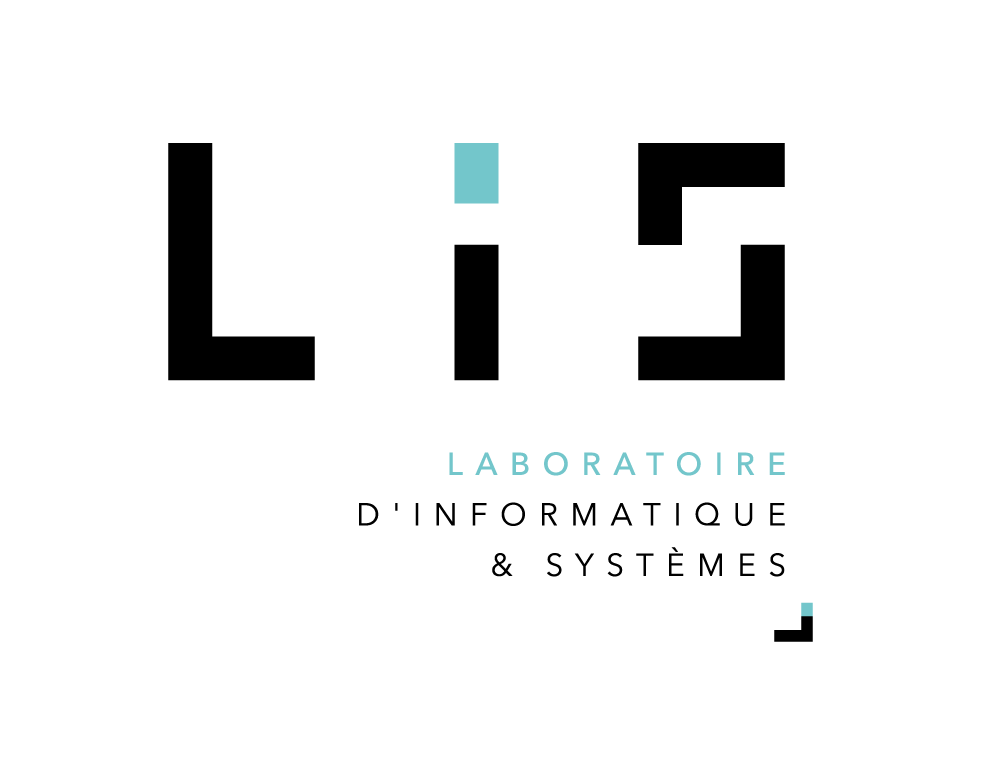Opti-CAM: Optimizing saliency maps for interpretability
Résumé
Methods based on class activation maps (CAM) provide a simple mechanism to interpret predictions of convolutional neural networks by using linear combinations of feature maps as saliency maps. By contrast, masking-based methods optimize a saliency map directly in the image space or learn it by training another network on additional data. In this work we introduce Opti-CAM, combining ideas from CAM-based and masking-based approaches. Our saliency map is a linear combination of feature maps, where weights are optimized per image such that the logit of the masked image for a given class is maximized. We also fix a fundamental flaw in two of the most common evaluation metrics of attribution methods. On several datasets, Opti-CAM largely outperforms other CAM-based approaches according to the most relevant classification metrics. We provide empirical evidence supporting that localization and classifier interpretability are not necessarily aligned.
| Origine | Publication financée par une institution |
|---|---|
| licence |
Copyright (Tous droits réservés)
|
